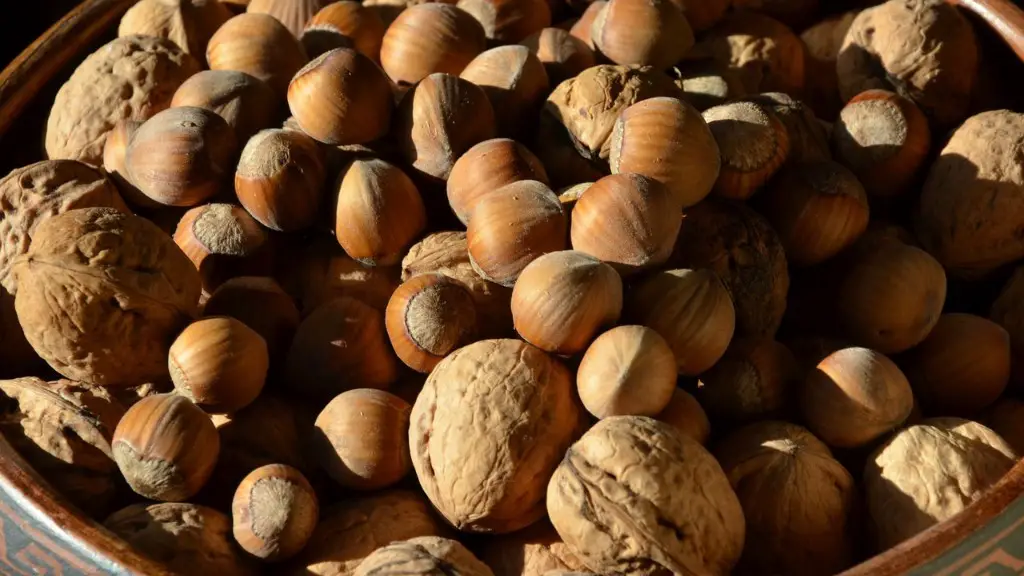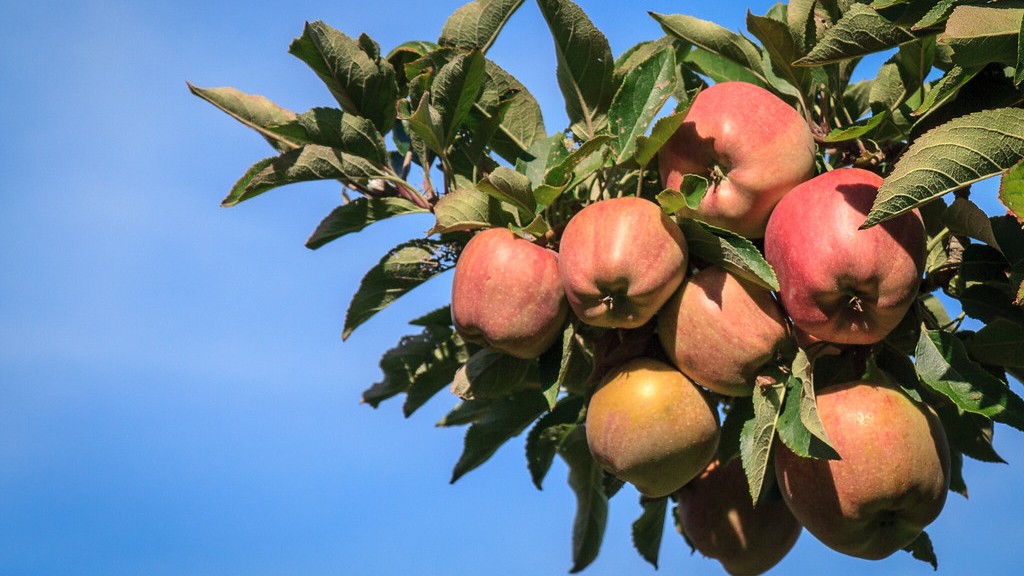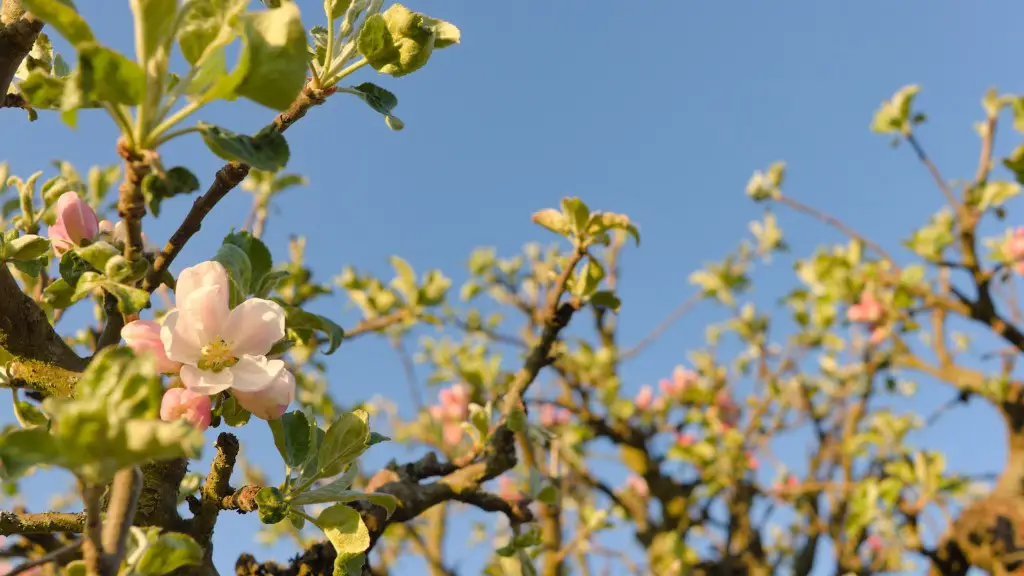If you’re like most people, you probably think of palm trees as being a tropical plant that doesn’t do well in cold weather. But there are actually quite a few different species of palm trees that can tolerate, and even thrive, in colder climates. If you have a palm tree that you want to keep alive through the winter, wrapping it in burlap is a good way to protect it from the elements.
Before wrapping a palm tree for winter, it is important to prep the tree by cleaning it and trimming any dead leaves. Once the tree is prepped, you will need to choose a material to wrap the tree in. Some popular materials for wrapping palm trees include burlap, polypropylene, and cellophane. Once you have chosen your material, cut it to size and wrap it around the tree, securing it in place with tape or string.
Do palm trees need to be covered in winter?
Mulching small palms with a layer of chopped leaves is a great way to protect them from the cold. Just make sure you don’t smother the plant completely. During a cold snap, you can protect the entire plant by adding a box or blanket over the leaf mulch. Just don’t cover a palm completely (excluding sunlight) for more than 3 days.
Palm trees are a type of tree that is native to tropical and subtropical regions. They are typically tall with a single trunk and large,fan-like leaves. Palm trees can be used for decoration, shade, and as a source of food and shelter for wildlife. In some areas, they are also used as a source of fuel wood.
Why do they wrap palm trees
By wrapping the trunk and leaves of a palm tree, you can help to protect it from the cold. Many people also choose Christmas lights to wrap their trees. This is especially important for tall palm trees, which are more susceptible to damage from wind and snow.
Short palm trees are susceptible to damage from cold weather, so it’s important to take precautions to protect them. Covering the tree with a blanket or sheet helps to insulate it and prevent the cold from damaging the leaves. For taller palms, it’s best to contact an arborist to wrap the fronds together. This will protect the heart of the tree and help it to withstand the cold. After the threat of a freeze has passed, remove the sheet and unwrap the fronds.
What is the best way to winterize palm trees?
It is important to protect the roots of palm trees from hard freezes by covering the soil above the palm trees with mulch. Wrap the center spear and the first three to six leaves with water pipe insulation and be sure to fold the top over to make sure no water gets inside the insulation.
Palm trees are not able to survive in temperatures below five degrees Fahrenheit. The reason for this is because plants are primarily made up of water. When the temperature gets extremely cold, it can cause damage to the leaves and branches.
How do you wrap a palm tree with heat tape?
This is a great way to protect your palm tree from cold weather. The heat tape will keep the trunk warm, while the burlap will provide insulation. Be sure to secure the burlap well so that it doesn’t blow away in the wind.
If you have a palm tree, it’s a good idea to protect it from the cold by covering it with a blanket or box. This will help to keep the tree warm and prevent the air around it from getting too hot and damaging the tree.
At what temperature should you wrap your plants
Make sure to secure the covering so that it doesn’t blow away in the wind. If possible, put a frame made of fabric or wood over the plant. This will help to support the covering and keep it from touching the plant.
If you’re looking to plant a palm tree, make sure to choose a location that isn’t crowded by other trees or concrete surfaces. The extra heat generated by these surfaces can damage or kill new roots, making it difficult for the palm tree to thrive. If you must place the palm tree near these surfaces, be sure to use white rocks as a barrier to protect the roots from the heat.
Why do they put metal rings to the palm trees?
These bands are installed to protect the tree from pests that could potentially damage it. By creating a barrier around the trunk, these bands prevent insects and other animals from getting to the tree and causing harm.
Sheet metal is a vital component in ensuring the safety of trees. By reducing the amount of damage that is done to the tree, it allows the tree to continue to grow and thrive. Additionally, sheet metal helps to keep unwanted climbing pests at bay, protecting the tree from further harm.
Do you have to wrap palm trees in Texas
Palm trees are generally a tropical species, which often means that they don’t thrive as well in our North Texas winters. To help them out, you can wrap the trees with a thick layer of brown burlap, from the base of the trunk all the way to the base of the crown.
While the summer heat in North Texas is no great threat to palms, problems arise during the colder, wetter periods. Many palms can weather shorter periods of freezing temperatures, but long, hard freezes, like we had in February 2021, can devastate palms large and small.
How do you wrap a tree in burlap?
This is a great way to support your burlap and ensure that it lasts a long time. By tying it to the post above the tree, you are providing extra stability and preventing the fabric from tearing.
In cold areas, it is important to protect the crown of the palm by tying the leaves together with strong twine. This will help to keep the centre of the palm warm and dry, as well as preventing snow from damaging the leaves. The leaves can be pulled quite tight, but be careful of the spikes! Covering the crown with straw will further help to insulate the palm and protect it from the cold.
Warp Up
There is no need to wrap a palm tree for winter.
If you live in an area where palm trees are common, you may need to take special care of your palm trees during the winter months. wrapping your palm tree in burlap or plastic can help to protect it from the cold weather and prevent it from dying.




